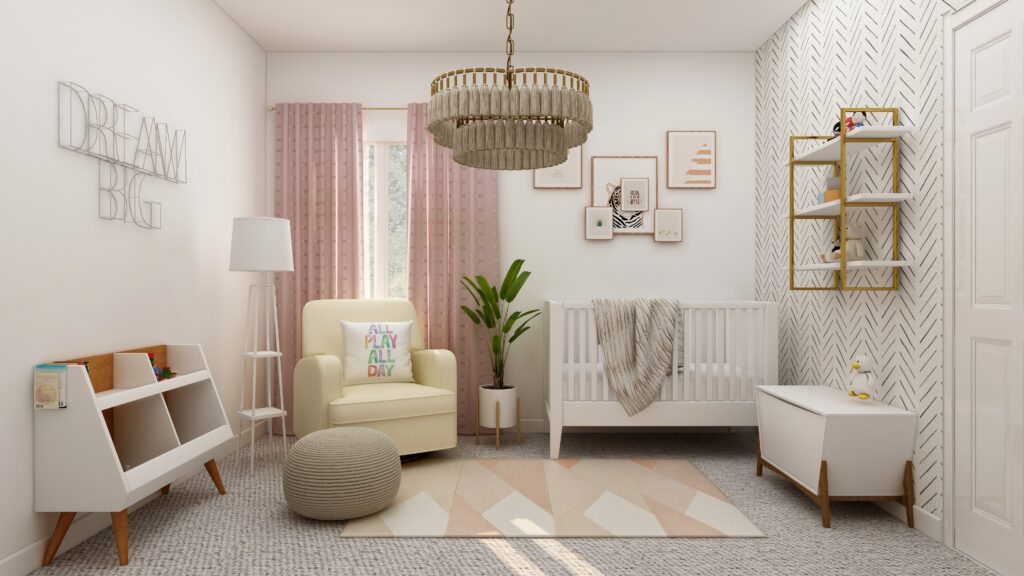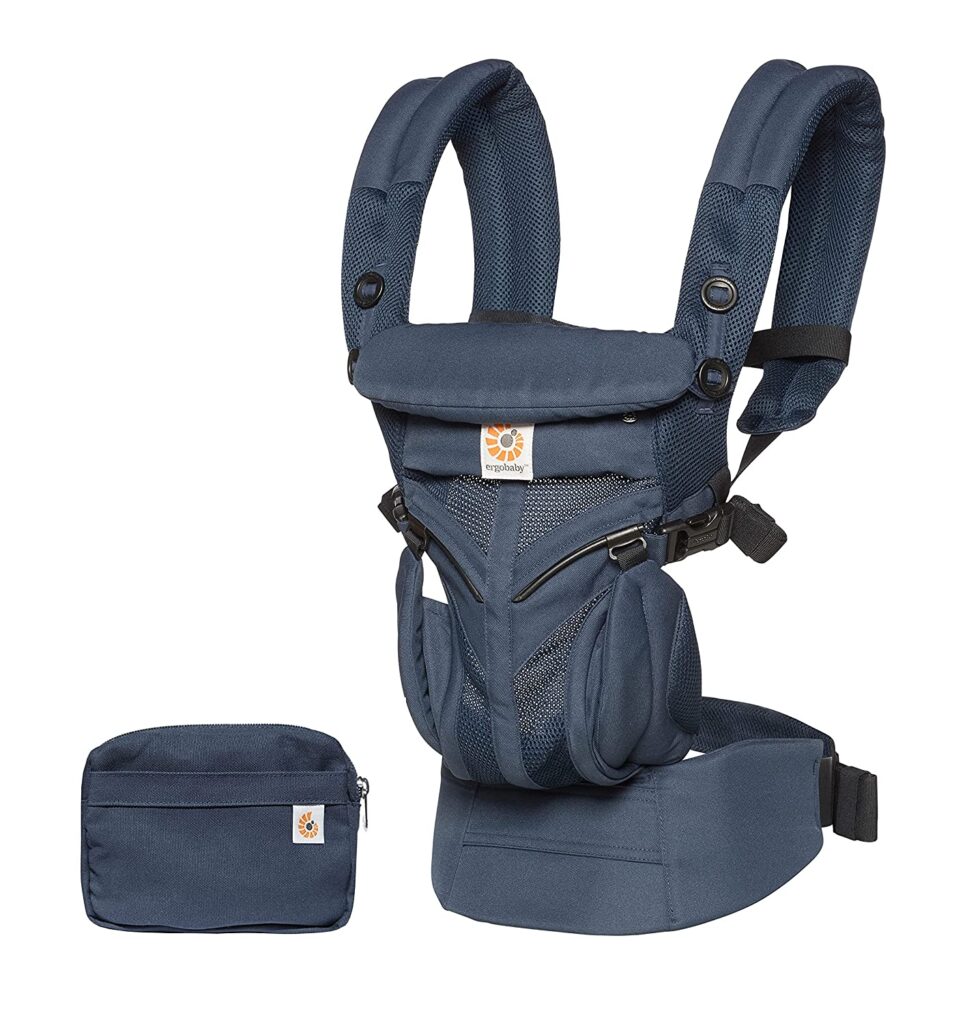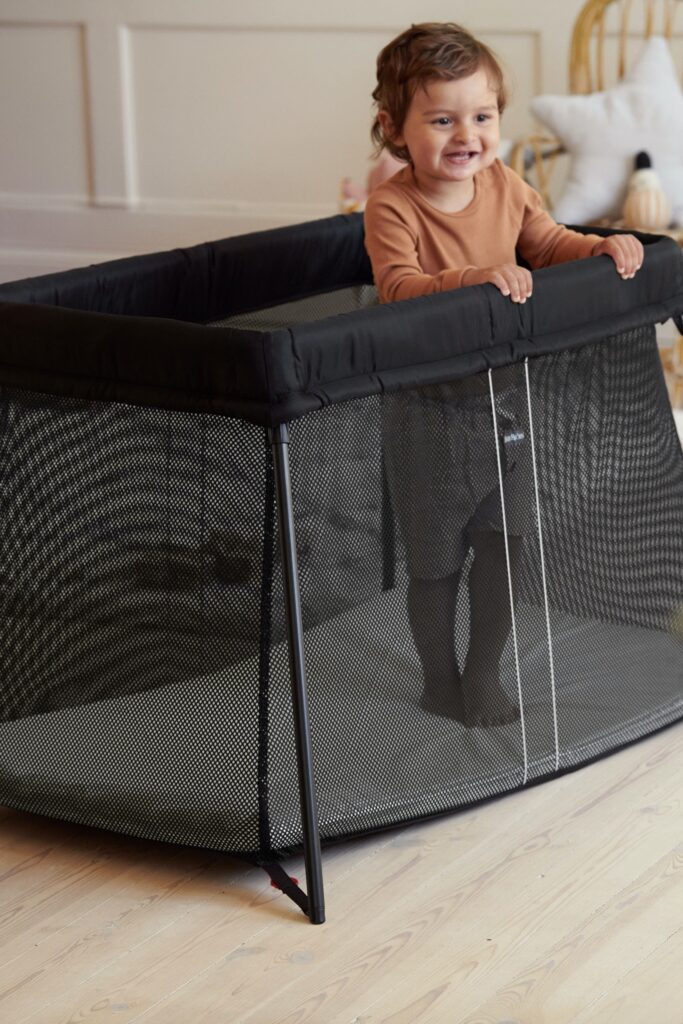As new parents, one of the first things on your to-do list is to baby proof your house. Protecting your little ones from harm is of the utmost importance, and there are several easy ways to do this. This guide will give you all the information you need to baby proof your house effectively. We’ll also highlight some of the best products on the market today, so you can choose the ones that are perfect for your needs. Let’s get started!
Why Should New Parents Baby Proof a House?
When it comes to safeguarding your home and family, no one is more important than the parents. After all, they are the ones who will be spending the majority of their time in that house – whether they’re breastfeeding or bottle-feeding their child. And while you might think babyproofing a house is already part of your routine, it’s always good to go over everything again with your new arrival.
Here are a few reasons why parents should leave baby proof a house:
1) To keep your children safe from accidental injuries. Babies can be clumsy, and even small accidents can lead to serious injuries if not caught quickly enough. Make sure any dangerous places – like edges of furniture or staircases – are properly covered, so that little fingers don’t get stuck and injure themselves.
2) To protect yourself from potential theft or burglary offenses. Anyone looking for easy access to valuable items won’t bother going after something as risky (and difficult) as a baby’s crib or playpen; they’ll go straight for valuables such as jewelry or electronics instead. Ensure all vulnerable areas in and around your home have been locked up tight, including windows and doors leading onto the street.
3) To prevent fires caused by young children playing with matches, candles, lighters – you name it! Preventative measures include having rugs on low floors instead of hardwood flooring, using smoke detectors rather than relying on instinct, installing deadbolt locks on all exterior doors and windows, and instituting a no-fire policy for children (including age restrictions on playing with firecrackers).
How to Baby Proof a House?
Finish Repairs First
Ensure all unfinished repairs are done before your little one arrives. Making these kinds of repairs in advance will help prevent any accidents or injuries during your child’s arrival, and it’ll also make moving into their new home much smoother!
Assess Dangers in the Kitchen
Dangerous Items
You will want to pay attention to many things around the kitchen when babyproofing your home. The first thing to consider is any dangerous items, such as cleaning products, detergents, pesticides, or other household chemicals. These should be stored in cabinets with locks or in higher cabinets that your little ones cannot reach. Keep in mind one day; your baby will start climbing everything. Eventually, locking cabinets may also be an ideal approach for higher locations.
Always keep cleaning products or other chemicals in the containers they come in. Not only could storing them in different containers result in mixing things up, but if your child was to get ahold of it for any reason, you or a babysitter would need to quickly identify the product.
When possible, switch to safer products such as vinegar, nonchlorine bleach, and other natural cleaning supplies.
Keep plastic bags, plastic wrap, aluminum foil, and boxes stored where your child cannot get to them. These items can be a suffocation risk, and boxes and aluminum foil container edges can cause cuts.
Keep sharp tools, knives, blades, and graters out of reach, ideally in a higher cabinet or locking drawer.
Finally, keep glassware and dishes in the higher cabinets as well.
Cabinets and Drawers
Unless you only store child-safe items in a drawer or cabinet, installing locks or latches on all your kitchen drawers and cabinet doors is recommended. You can have an area specifically for your child to get into safe items as they grow, learning how to get their own spoons or snacks from a plastic container, etc.
Appliances
Appliances should also be out of children’s reach, especially when plugged in. For example, toasters and coffee machines. When not in use, it is best to unplug them just in case. You could also install appliance latches on the dishwasher, microwave, oven doors, refrigerator, or other large appliances they may open.
When cooking, make it a habit to use the back burners when possible, and if using the front, always place the pan handles towards the back of the stove. Stove guards can also be installed to prevent your little ones from reaching the burners.
Don’t forget the knobs. Install knob covers, remove them or tape them down to prevent toddlers and young children from accidentally turning them on.
Other Hazards
There are other hazards around the kitchen that many new parents forget about. Hot water is one of the common dangers forgotten about. An anti-scalding device can easily be installed to reduce the danger of burns. You can also set hot water heaters or tanks to be under 120F.
When using a highchair, always buckle the straps to secure your child. This prevents them from standing up and falling out. It only takes a few seconds.
Secure the Bathrooms
Dangerous Items
Like with the kitchen, it is recommended to install child-safety locks on bathroom cabinets that store medications, cosmetics, vitamins, cleaning supplies, mouthwash, or any other potentially harmful items. Child-resistant caps are not the same as childproof.
Place tweezers, nail clippers, scissors, razors, or any other sharp items in a drawer with a lock to keep them out of reach.
Appliances
Again, unplug any appliances that are not being used. This includes hair dryers, curling irons, or other items that heat up. Put them up after every use, so there’s no risk of burns. Cords should be neatly tied up and out of the way or toss it all in a drawer if preferred, but don’t leave them in reach of babies or children. Cords are a strangulation hazard and only take a few seconds to get tangled around your baby or pull appliances from counters.
Other Hazards
Put nonslip rubber mats in the bathtub to prevent slips when bathing. This is more useful with toddlers and as children age, but it is never too early to get in the habit of long-term safety!
Installing anti-scaling devices on bathroom faucets is a good idea as well. Additionally, bath spouts can be a hazard. Get a soft rubber faucet guard to prevent head injuries.
Finally, never leave your baby, toddler, or child unattended during bath time. No matter how much water is in the tub.
Assess Living Room Hazards
Secure Heavy Objects
When you first move into your new house, one of the first things you’ll need to do is assess the living room hazards. One of the most hazardous places in a living room is a heavy object – like a television or cabinet – that can fall and injure someone.
It’s important to secure heavy objects so that they don’t fall and cause injury. You can do this by attaching them to walls or floorboards with cable ties or screws. You might also want to consider using an anchor system like The Safe House, which attaches heavy objects to poles in the ground so that they can’t move at all.
In addition to securing heavy objects, it’s also important to be aware of other dangers in your living room. These include furniture that’s too tall or low, cords and cables that are hanging out of reach, and poorly installed lighting fixtures. If you see any of these hazards, make sure to address them immediately before something bad happens!
Windows and Doors
Make sure that all the windows in your living room are secure and closeable from the inside. Baby proof them by installing locks or barriers so your little one can’t get into them accidentally.
- Keep windows and doors locked. This will help keep out unwanted visitors and prevent your kids from accidentally getting into dangerous situations.
- Get a child safety gate for the door – this will ensure that young children cannot enter the living room without your supervision.
- Get a baby proofing kit that includes door locks, window locks, and safety gates. This way, you’ll be prepared for whatever happens!
The Nursery Room
Cribs
Decide on the style of crib you want. If you purchase a used crib, ensure it is in good condition and free of any accidents or damage. Look for a label showing Juvenile Products Manufacturing Association to ensure the crib was designed with safety as a priority.
Get your sheets and blankets ready! You will need at least one sheet for each side of the crib and a blanket to put over the top (or under). If using new sheets and blankets, buy ones that fit snugly around the sides and bottom of your crib so the baby doesn’t slide out.
- Always use a safety gate when your baby is in the crib.
- Never leave your baby unattended in the crib.
- Make sure all toys and objects are out of reach of your baby.
- If your baby cries, check to see if he or she is in danger. If so, remove the baby from the crib and take him or her to a safe place.
Before buying any baby products, especially cribs, you should always check the CPSC list of recalled products. Items are recalled all the time. Recalls may be for the risk of minor injury or even fatal flaws found in the design after release.
It can be tempting to borrow a crib from a friend, but do your research first! Most crib accidents occur in older models that don’t have current safety features.
The soda can test – if the slats are far enough apart to fit a soda can through, don’t buy it! This means your baby could get their head stuck.
The space between the mattress and crib should be snug, fitting no more than two fingers.
Drop-side cribs were a standard design used until 2010, but CPSC has banned them because of the high number of recalls (millions). The railing should be 26 inches from the lowest level of the mattress support.
Finally, ensure there are no decorative cutouts on the footboard or headboard that could allow your baby to get trapped. Any screws, bolts, or other parts should be the original that came with the crib and ensure they are not able to harm your child.
Baby Sleep Safety
It is best to use a fitted sheet on a firm, flat mattress to reduce the chance of SIDS. If needed, it is fine to place a thin, tight-fitting mattress pad underneath the baby’s sheet to provide leak protection.
Avoid soft bedding, loose blankets, crib bumpers, pillows, or stuffed animals until your baby is a bit older. They increase the risk of entrapment, strangulation, or suffocation.
Toddler Beds
After your baby has grown to be 35 inches or more, they can easily climb and fall over cribs, making them unsafe for sleeping in. There are transition options such as small toddler beds or even a crib mattress on the floor if they are not ready for a big kid bed.
Fitting a bed with guardrails can prevent falls when they are just starting out. Just as a precaution, soft pillows on the floor beside the bed can be a good idea too.
Changing Tables
Ensure changing pads are attached securely to the table. Always use the safety straps on a changing table, and don’t walk off with them unattended. It only takes a second for gravity to take hold!
Laundry Room
Store Products Safely
It is important to always keep chemicals such as laundry detergent and other products out of reach of children. If ingested, these products are very harmful and could even be fatal. Laundry pods usually have bright colors, which attract attention and can be mistaken for snacks. The best approach is always to keep these things stored up high, locked if possible.
Use Original Packaging
Using the original packaging and not putting detergent or other products in generic containers is best. This way, if babies or children do get into it, the packaging will have directions on what steps to take and a number for poison control. Additionally, by using generic containers, you may know what it is, but a babysitter may not.
Secure Laundry Appliances
Securing your appliances and cabinets with locking devices is always recommended. Babies become more curious with time and eventually begin trying to open up and get into everything. This includes securing doors on appliances such as washers, dryers, or anything else that children could open and get hurt by or stuck inside of.
Store Ironing Boards Securely
If you use an ironing board, you know it can be heavy and harmful if it falls on a little one. Instead of leaning it against a wall, designate a spot for it and install proper latches to keep it secure, or lay it down so it cannot fall over.
Climbing Hazards
This isn’t as important as a baby, but they don’t stay little for long, and soon they will be pulling themselves up, climbing on anything they can! While the environment is safe, being curious is good for developmental skills. However, a laundry room is far from safe.
However, climbing hazards go to any room in the house. Look for anything they can use for climbing, including stools, steps, and even an open drawer that can be used to climb up a counter. Being aware of these things can often help you determine the best solution to prevent risks. For example, drawers can have locks installed.
Off Limits
The easiest and best way to ensure the laundry room is a baby proof is simply to avoid taking babies in the laundry room. This applies as they get older, keep a lock on the laundry room door, and do not allow your child to enter the room.
Electrical Outlets and Cords
An outlet cover will help keep your baby safe and prevent objects from being easily put into the holes. This could result in serious or fatal injuries. Over time your baby could learn to remove the plug caps, so a self-closing outlet cover is ideal for a long-term solution. They also look aesthetically pleasing.
Electrical cords should be neatly tied up and/or placed behind furniture that your child cannot reach. A cord cover is another option for cords that cannot be hidden behind furniture.
Conclusion
The benefits of babyproofing your home are clear: You’ll reduce the risk of accidents, keep children safe from potential harm, and help them learn basic safety skills early on. Plus, if you ever have to evacuate in a hurry or go into hiding during an emergency situation, having some advance preparation will make life a bit easier.
About the author

James Grasty is a father of two (Maximilian 2, and Lillian 4) and an avid user and purchaser of new and used baby gear. After trying out a lot of gear for his kids, he grew tired of either not finding the product he wanted, them being low quality and cheap, or super expensive. Being an entrepreneur he decided to start his own brand of baby and kids gear aimed at helping parents like himself solve their problems and make parenting a bit easier in the process because we all know how hard it already is.
.




Leave a comment
This site is protected by hCaptcha and the hCaptcha Privacy Policy and Terms of Service apply.